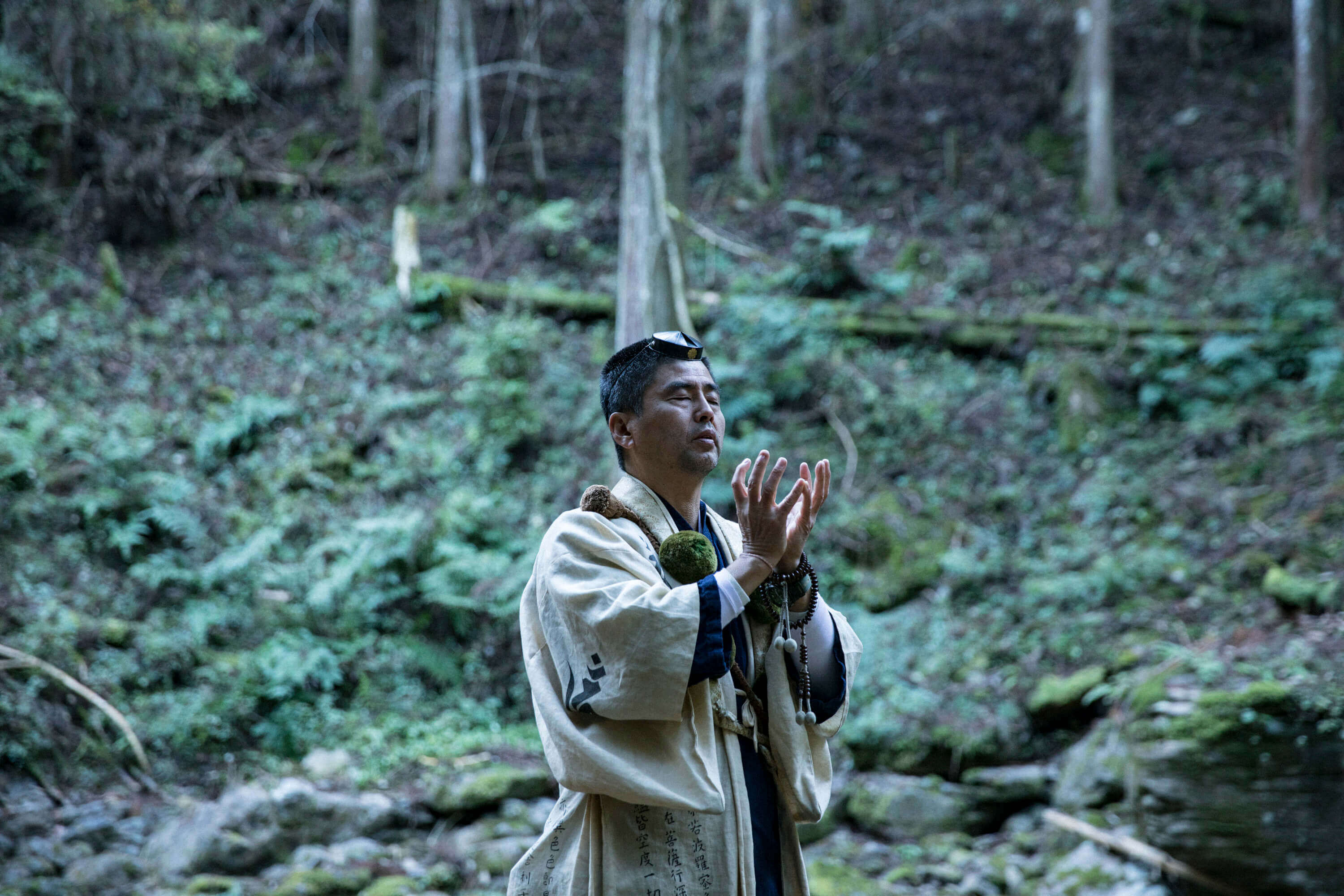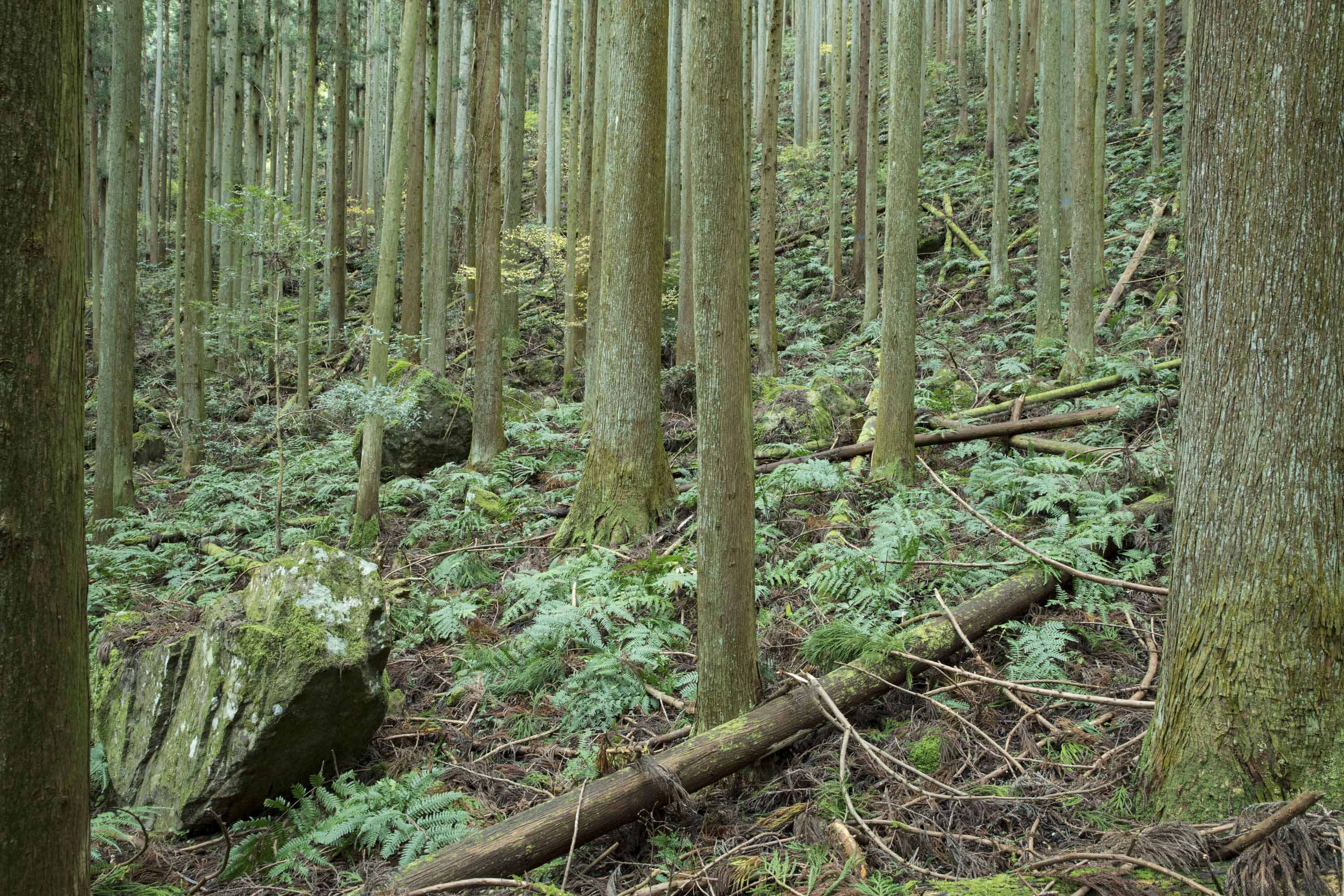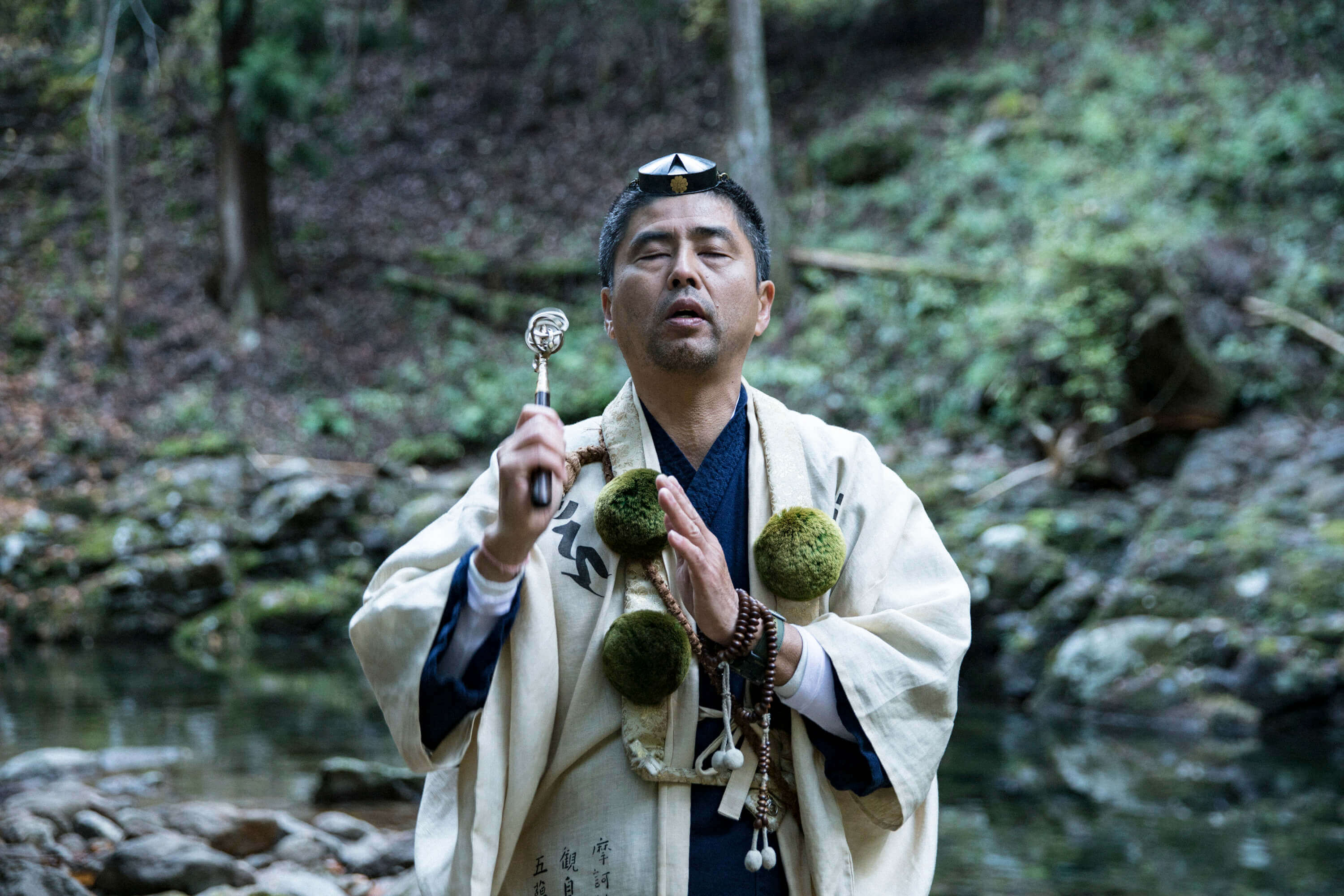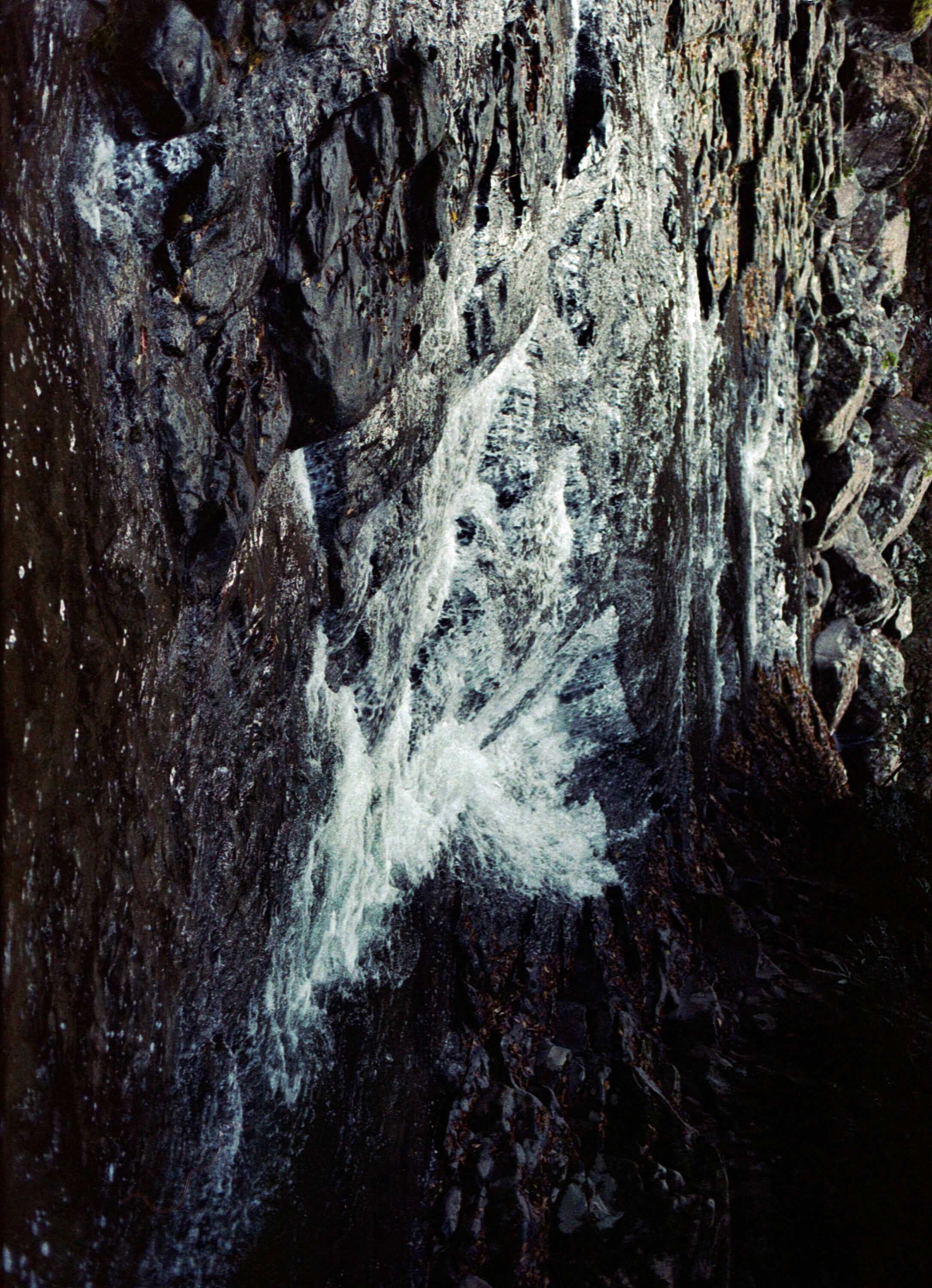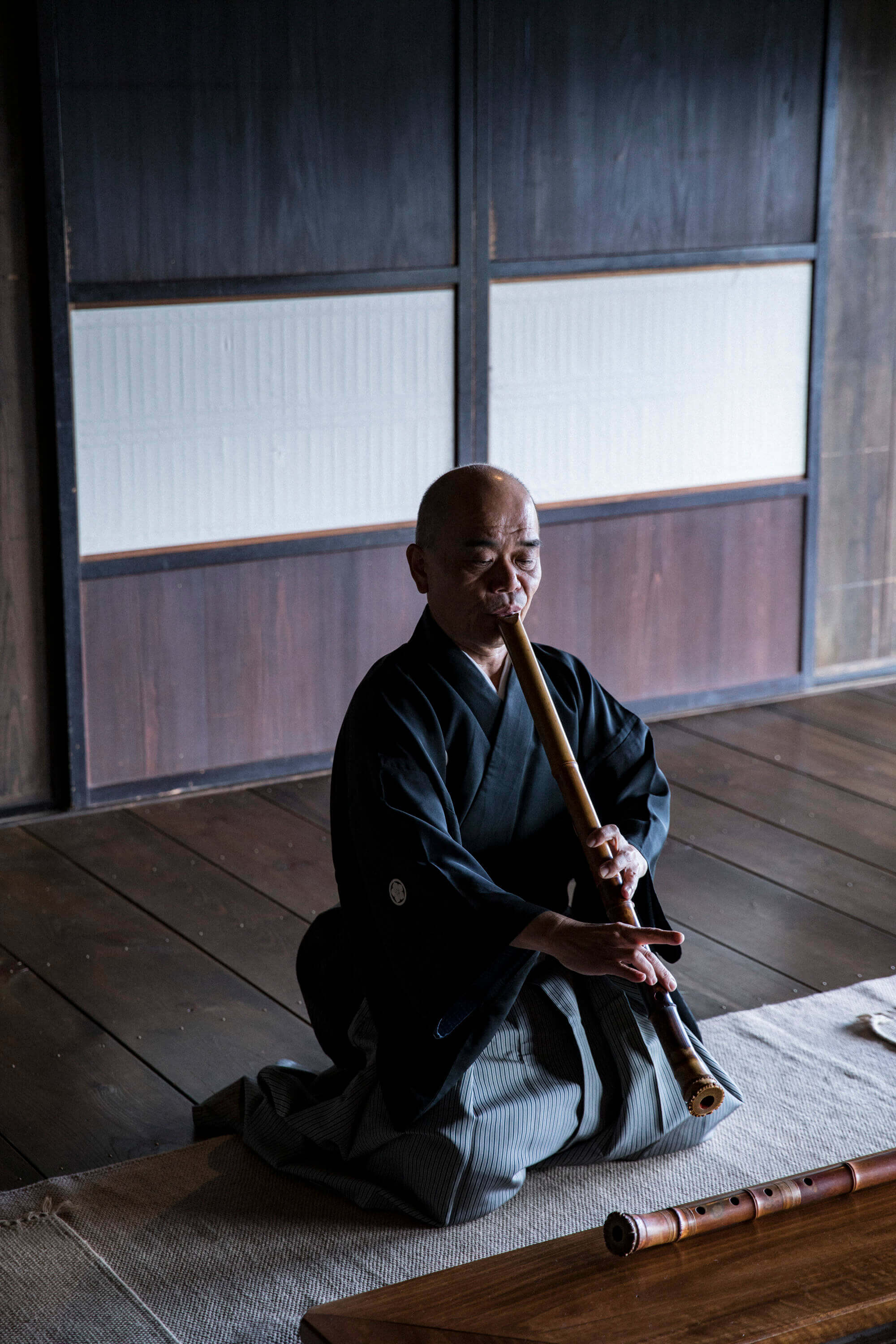We’d stayed out late in Kyoto, over a plate of cold green tea soba in a family restaurant close to the station. They’d filled our pockets with milk chocolates for the journey, each one in a wrapper like a sweet. It was barely two hours by car to Murō. We crossed through Nara as the sun was going down. A summer wedding dress was moving in the deer-populated hills, and you could just make out the bridegroom and the photographer. Fog as thick as cotton wool had come down over the forest which we entered to reach the village of Fukano. In the light of day, it might have looked like a hill road in a poor state of repair, tonight it seemed like a mystery that we had to get past too quickly to try to get to Tetsuji-san at a reasonable hour.
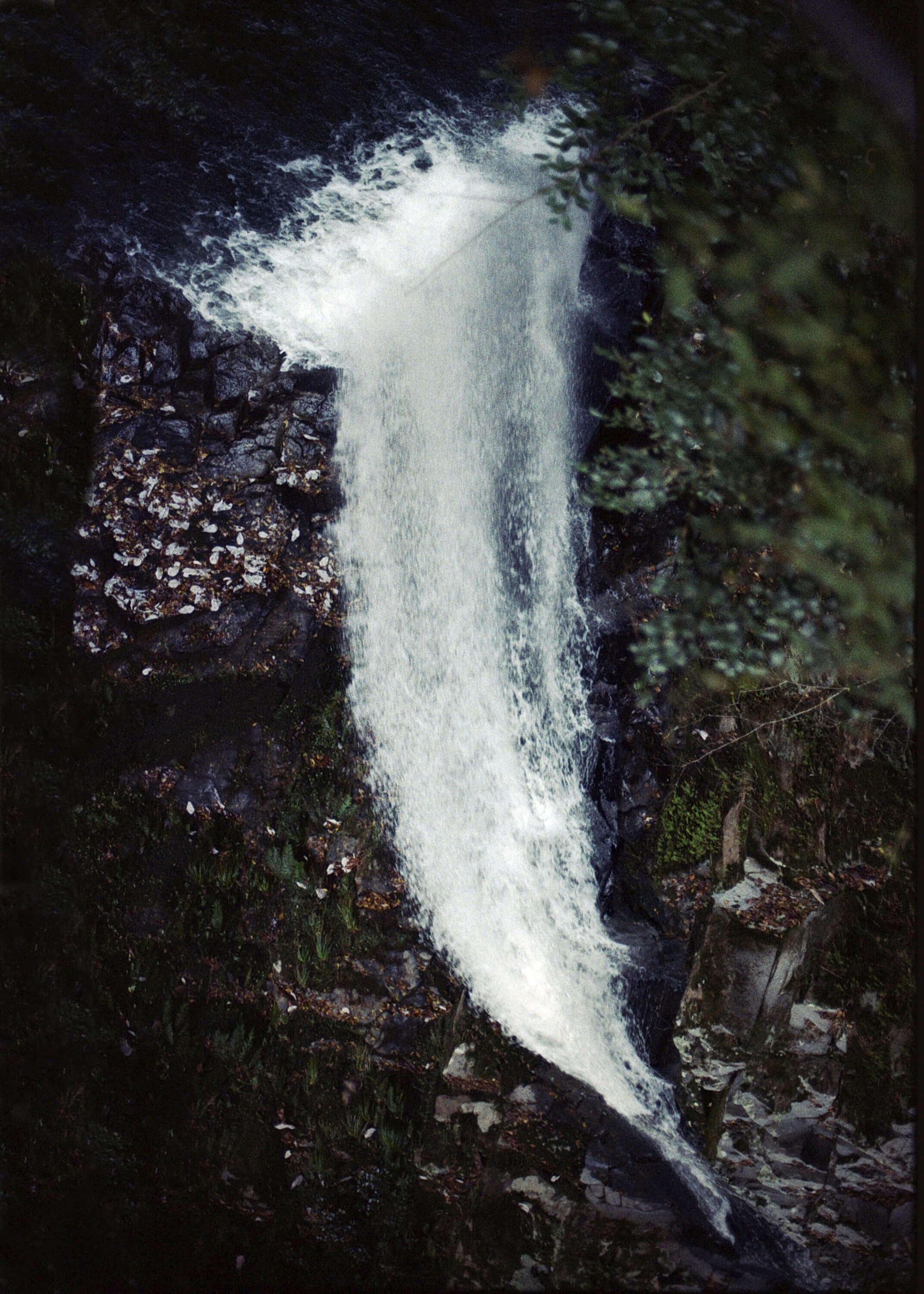
We’d definitely missed the five o’clock bath before dinner: the Hinoki cypress tub would remain empty. Tetsuji was angry with us. “He was anxiously awaiting your arrival,” his eldest son told us. Then they vanished to prepare our dinner, and we were left alone with the cast-iron teapot puffing on the square brazier in the centre of the largest room in his house among the paddy fields, with the type of reed roof that used to be seen in the countryside but now has become extremely expensive to redo. Our room was known as the kura or shed, and it had a secret room that you could get to via a wooden ladder. The mattresses were already laid out, with the winter feather quilt, and to stave off the jet lag we took a large book on ninjas up with us, who it would seem trained in the forests behind us.
The day after the shaku-hachi – Japanese bamboo flute – teacher would come, which Tetsuji was learning to play for his next life. Then his wife Hiromi would let us watch the daily preparation of the flower display for the tokonoma. She had a round basin, tough scissors, a nice pine branch and some local lilies, lilium japonicum or sasa-yuri, from the bamboo forests in the area. That vase had something about the approaching Christian Christmas about it and the gentle spring that the paddy fields were waiting to arrive. But above all tomorrow morning Tetsuji would take us to the paths of the monks who, like him, followed the ancient doctrine of Shugendō, an old form of mountain ascetism and esoteric Buddhism. “After seven days in the forest, humans become wild again,” he told us. At 6 o’clock he was waiting for us in the car, icy after the frosty night, wearing his most classic robe, in the boot of the 4×4 the large pink shell that he would sound before going into and leaving the wood. In Japanese the echo is called ko-dama, the “spirit of the trees”, and that shell echoed through all the thin, damp trunks of Akame, and bounced off the waters of the 48 waterfalls protected by the divinity of springs.
At midday we were offered a tray of Zen food in the Buddhist inn overlooking the river, on the right of the bridge that led to the beautiful Murō-ji shrine. “The act of eating must lose its heavy, fatty, material aspect to transform into a communion with nature. The base of the meal is rice; pure white, boiled in a pan which no other food is put into so as not to contaminate the flavour and fragrance, served from a wooden container smelling of pine or cryptomeria. It must taste of grain, of the fields, of human food, like the healthy and strong bread from the countryside in Italy. The other foods, which are like an accompaniment, are served in porcelain or earthenware containers, little boxes or lacquer cups, but always in moderation, never more than a few mouthfuls, like stamens or pistils at the centre of a corolla, surrounded, dressed by space.”
Ore giapponesi, Fosco Maraini, Casa Editrice Corbaccio, own translation.
Murō-ji’s interest lies in the zeal of early Shingon Buddhism; in its historic “liberalism” in allowing women to access its praying areas when Mount Koya was famous for the “No Women Allowed” rule; in the smaller and older pagoda, measuring just 16 metres and five vermillion floors against the background of trees; in the statue of Shaka Nyorai that it’s prohibited to photograph. The “Buddha of Enlightenment”, a national treasure, dates from the Heian period, that is, the eighth century, and is surrounded by the figures of Twelve Heavenly Generals, guarding 12 directions, each with an animal as a small ornament and symbol on the top of its head.
That night in my secret room I dreamt of a purply forest. There were three of us, me, my husband and a younger woman friend. We were walking in a clearing on the mountain somewhere or other. I had the clear impression it was the middle of the day, we were moving as if it were daytime, but in a completely dark landscape, then I looked upwards and saw these extremely tall, maternal, bright indigo tree tops. In the forest the monk Tetsuji had asked me if I’d ever heard of these something-or-other sounds. This is what he said: there are sounds we hear with our ears, the thunder of a waterfall, the greeting of a passer-by, and then there are sounds that we can come to hear with a bit of practice, sounds that don’t pass through our ears but through the skin. In the forest the more the body is naked, the more the skin is exposed, the greater the range of sounds we can receive. I’d heard that indigo forest on the tips of my fingers, in the creases of my elbows.
The Sasayuri-ann villa has the good fortune to face east, to be precise it’s situated at a latitude of 34°59’ north, around five kilometres north of the Murō-ji temple. At the same latitude, along the east-west axis at 34°32’ north, are a lot of archaeological sites, amongst which Ise, Mount Miwa and the island of Awaji. On the days of the spring and autumn equinoxes, from dawn to dusk these places are lined up along the Way of the Sun.
